Curiosity
When I write a report regarding any production area, I often make specifications about the exact location or the type of wine for example; I am sure that in this case it is not necessary!
“Champagne” means bubbles at very high quality. Champagne is (also) a fascinating production areas where the father of any other classic method in the world was born (classic method consists in the second fermentation in bottle, see below).
It is a tour one cannot miss with its fascinating territory and town, I recommend to everyone. Reims, in particular, is worth the trip, to visit for example the monumental and imposing Cathédrale Métropolitaine de Notre-Dame de Reims, extraordinary example of Gothic art in Europe where coronations of the kings of France took place. As well as the charming village of Hautvillers where you can access the church which hosts the tombs of Dom Perignon and Dom Ruinart, fathers of Champagne.
Once in Reims, accessible by (high speed) train from Paris, you can easily reach some notorious maison such as, for example, Taittinger, Ruinart, Veuve Clicquot also to visit the wonderful caves made of “craie”, nowadays become cathedrals of wine..
History
It seems that the origin of viticulture in this area has ancient roots and that between 1200 and 1300 they used to produce white wines by white grapes with excessive acidity, and then red wines often compared to some other French reds unsuccessfully. Everything changes when they start to produce white wines from black grapes (we are around the seventeenth century): naturally sparkling wines, especially if bottled in March (with spring temperatures a second fermentation used to start transforming sugars into alcohol and carbon dioxide). That is why the British try to arrogate Champagne discovery since, being faithful buyers of this wine, they bought and bottled it in more resistant bottles than those used in France, where in spring the bubbles used to come out being widely appreciated, giving the idea that the British had invented Champagne. But probably, the French version is more romantic: they thank Dom Pérignon for studies obout assemblages of different grapes, the cork that could better hold the bubbles, and so on. As well as Dom Ruinart who founded the first Maison in 1729. It seems then, the Widow Cliquot, obsessed by “dirty” wines (given the presence of yeasts’residual added because of the typical process of production of sparkling wine) invented the pupitre (see pic) and experimented rosè wine, initially asking red grapes to the Romanée-Conti who refused!
Territory and grapes
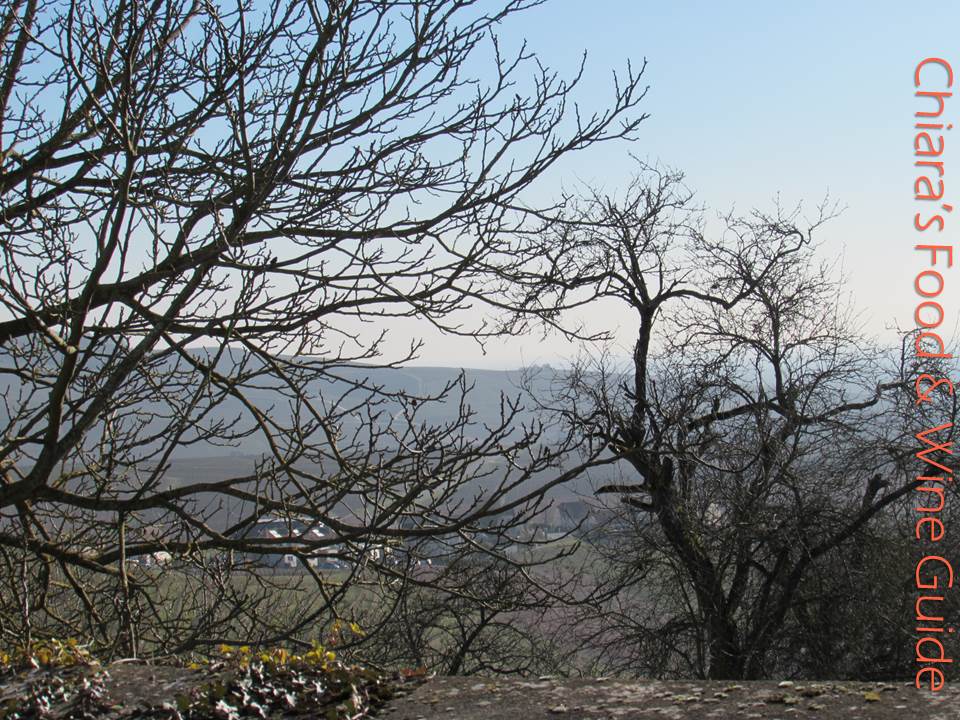 Champagne is located at about 140 km east from Paris, with about 34,000 hectares. Oceanic climate with continental influences enables the development of a high level of acidity, fundamental for this kind of wine. Champagne area is divided, however, in various production areas, each dedicated to the production of mainly one grape, the grapes are then used individually or assembled together for the production of Champagne:
Champagne is located at about 140 km east from Paris, with about 34,000 hectares. Oceanic climate with continental influences enables the development of a high level of acidity, fundamental for this kind of wine. Champagne area is divided, however, in various production areas, each dedicated to the production of mainly one grape, the grapes are then used individually or assembled together for the production of Champagne:
- Montagne De Reims: produces Pinot Noir
- Vallée De la Marne: Pinot Meunier
- Côte Des Blancs and Côte de Sézanne for Chardonnay
- Côte des Bar: Pinot Noir
The soils are therefore different, but often characterized by the famous “craie”, chalk of Champagne which also characterizes the famous caves where today many big companies preciously guard bottles offering suggestive tour too.
Only the 10% of existing vineyards belongs to the big houses that tend to mix grapes from throughout the region; the rest belongs to small producers that are becoming increasingly popular.
But expansion plans are ongoing: the authorities are considering the proposal to welcome 40 new villages more. IN case those will not be available before 2017!
Champagne
Champagne is expensive because its costs are high. Its price has to be justified if you think that only the grapes needed to produce one bottle can cost €10!
It can be an assembly of several grapes (2 or 3 of the grapes mentioned above) or produced using only one of them; the color can be white or pink. The white is produced from white grapes or red grapes (in the last case the vinification process is runned avoiding contact with the skins which would leave the red color).
The pink version can be produced as rosé: basic white wines with the addition of a small amount of red wine (made from pinot menier or pinot noir). Otherwise it is obtained from another system that will define the product Rosé de saignée that involves the use of Pinot Menier and / or Pinot noir foreseeing macerations with their skins for a few hours.
The reputation of any company is often based on “non vintage” wines: mix of different grapes and also different vintages, the aim is to offer the same product year after year. The “non-vintage” wines are distinguished, evidently, by Millésimé, for grapes of a single year.
REGARDING THE PRODUCTION METHOD: Champagne is the father of what in other countries is called “Classic method” and foreseen a second fermentation (a process that distinguishes the sparkling wine from the classical one) in bottle: yeast and sugar are added in each bottle producing carbon dioxide and, therefore, our bubbles. At that point, it proceeds to the so-called “riddling”: operation which consists in rotation and pushing of the bottle from the (more or less) horizontal position to a vertical one, in order to deposit the remains of secondary fermentation in the bottle neck will be, then, frozen causing the formation a solid cap that will be expelled causing a loss of fluid -because of the pressure inside the bottle-, replaced with some more sparkling wine or from this + sugar (the amount of sugar will determine the type: from the driest to sweetest one: pas dose,
extra brut, brut, extra dry, sec, demi sec, doux). This operation is performed manually through “pupitre” (see photo) or, as more and more companies do, mechanically.
This process takes months as well as the entire production, it is not a very simple work!
Champagne is among the oldest and most versatile wines as only a few imagine!
Communication
As already mentioned in the focus about Burgundy, I find no need to stress the high level of communication that characterizes this product since it is obvious. Champagne is not just a type of wine, it is a status, an art and a culture’s element. But what I like to underline is the elegance of such communication: from labels to the general symbolism that convinced the world, all without falling in the excess as promotion can sometimes cause, communicating only a commercial interest.
Probably, the current communication goal is the penetration of the message that this is a product to drink throughout the meal and not just for special occasions. But I like to add that you do not, necessarily, need to pick big brands, there are small house with excellent and affordable products.
In terms of hospitality, appropriate distinctions are requested also because French sometimes seem more arrogant than nice, unless you break the initial “wall”! So, an extreme is represented by big house where the hospitality is very structured even if touristic in many cases, wine experts should follow other ways. (However, in these cases, it is better to book your tour that will also include a tasting of some products). The small ones tend to welcome you in their living room very often!
–> I would, instead, focus on HOW TO READ THE LABEL?!
- DOSAGE AND SUGAR: “Brut nature / zero dosage” (no added sugar, total quantity of sugars <3 g / L); “Extra Brut” (very dry, from 0 to 6 g / L); “Brut” (dry, up to 12 g / L); “Extra sec” (quite dry, 12 to 17 g / L); “Sec” (little dry, 17 to 32 g / L); “Demi-sec” (almost sweet, from 32 to 50 g / L); “Doux” (slightly sweet,> 50g / L):
In any case, the first mentioned labels, the drier ones are the most representative.
- INFO ON THE LABEL: “Blanc de Blancs” (Champagne produced only with white grapes, in this case Chardonnay); “Blanc de noirs” (produced only with red grapes); Cuvee (blend); NV-Non Vintage (blend of wines from different vintages); Vintage (Millésimé, wine of a single year); Réserve (does not have a specific meaning, generally the winery uses the term to refer to a special production for some reason).
- SIGLE ON BOTTLES: NM-Négociants-manipulant (manufacturer who buys grapes); RM-récoltant-manipulant (winegrower which bottles his/her wine!); CM-Coopérative de manipulation (cooperative); RC-Récoltant-coopéerateur (grower who sells the wine produced by a cooperative); MA-Marquee d’acheteur (trademark of the buyer).
The cellars
The products are endless, but here I will focus on some of the wineries visited also to bring some impressions about the house
and the tour.
I will certainly go back there and integrate the report.
Superb hospitality, we spent quite time among vineyards, cellars and tasting. Jean-Herve Chiquet was so friendly, thus I take the opportunity to thank him again.
Among my favorite champagne, no doubts! Products with character and personality, they are not afraid to offer the market products different from year to year if the vintage gives different results, even if they appreciate and emphasize the unique style of Champagne which –in general- foreseen the cuvée (even from different vintages).
I have loved 733 Degorgement Tardif Extra Brut as well as the “single vineyard” of Pinot noir with ‘dark’ reflections (even if a white one), because of the Pinot noir which has released something during vinification and they did not want to correct a natural effect; finally a great rosé … that is no longer available as it seems that from 2012 the vinification in white (and not in pink) is giving better results!
The tour in this case is purely touristic. But you can get an interesting tour in the caves: you go down reaching different levels and one can meet people from all over the world. Visiting these caves you can quantify with your eyes the number of bottles processed and the tough work behind them, imaging all employees accompanied by its own echo while working.
Here you can really feel the attention to details, the local traditions, the french know-how. Tarek Berrada, winemaker, works only grapes from Grand Cru areas, and being in Reims (where Pinot Noir is produced, see above) it means Pinot Noir 100% for 3 white (sans année Brut, a demi sec so with greater amounts of sugar, a vintage and a rosé de saignée). Elegant, persistent and recognizable. The non vintage Brut expresses a special minerality, the Millésimé (2005) still very young despite his 10 years with great personality and the rosé de saignée is a perfect expression of Pinot noir, you recognize immediately!
Also this tour is “touristically-structured somehow” but ot is very interesting and informative; I really wanted to visit them as they do not export here in Italy. At the entrance, a giant barrel welcomes you (see photo), the one that Mr. Mercier showed at the Universal Exhibition in Paris in the end of the XIX century and built to ensure the Champagne to all. The tour took place, then, in the train that goes through the caves decorated with reliefs aimed at making nice to work there. Great value for money for the non vintage Brut, interesting the rosé which would be fine for some desserts, not too sweet ones like some of the typical biscuits Fossier.
Historical company of great importance with wonderful caves! The tour is quite long and truly interesting with historical traits as
during the wars the caves became shelters and blessed by the Church but, unfortunately robbed because, unlike other houses, the wines were not hidden behind false walls, so, the most historical company has not old bottles anymore!
Needless to mention the quality, I am referring to the white Dom Ruinart 2004, smooth and mineral with notes of citrus and fresh bread, and also the rosé Dom Ruinart 2002 is intense and complex with notes of citrus, but also a slight touch of exotic fruits, in the mouth is precise with floral and spicy notes together!
Beautiful and unique bottles.
Among my favorite tasting without any doubt.
Friendly and helpful, Fabrice dedicated me a beautiful morning to discover all secrets and showing me his disgorgement à la volée (Usually this is done by freezing the neck of the bottle to be ejected-see “production method” above); Fabrice instead does it on his own: gently pushing the bubble located at the base of the bottle as long as this does not come to the neck where the deposits are, coordinates well and uncorks at the right time. Fantastic to see him live! I loved all of his products: the “basic” Brut is direct, sround and mineral; the zero dosage, with citrus notes, powerful; finally the Blanc de Blancs and a really wonderful Rosé de saignée.



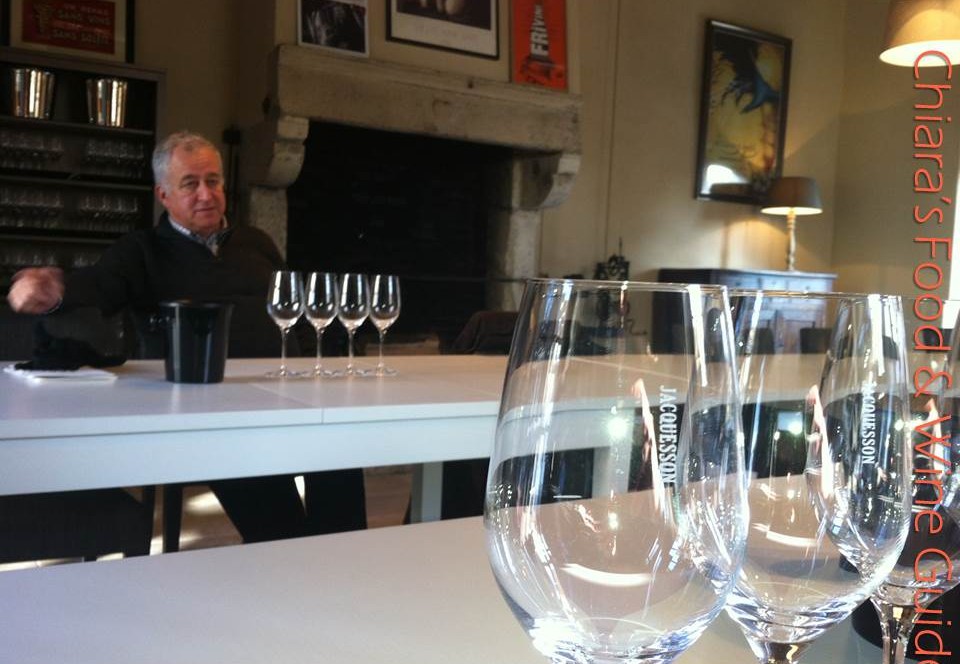

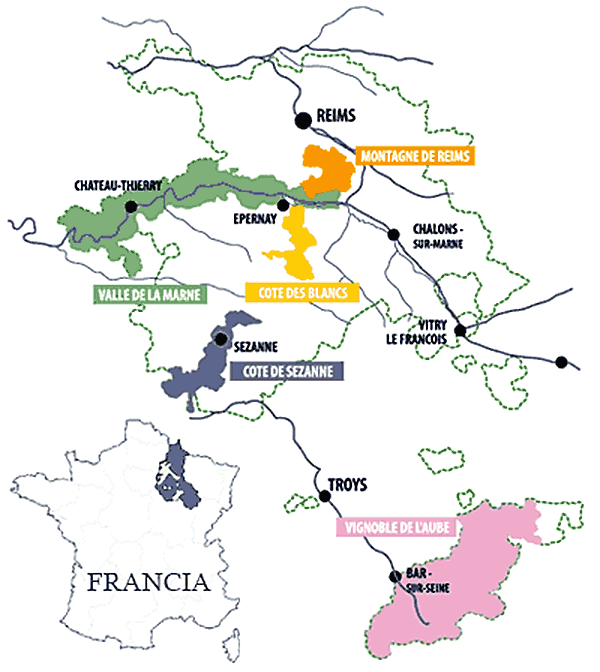
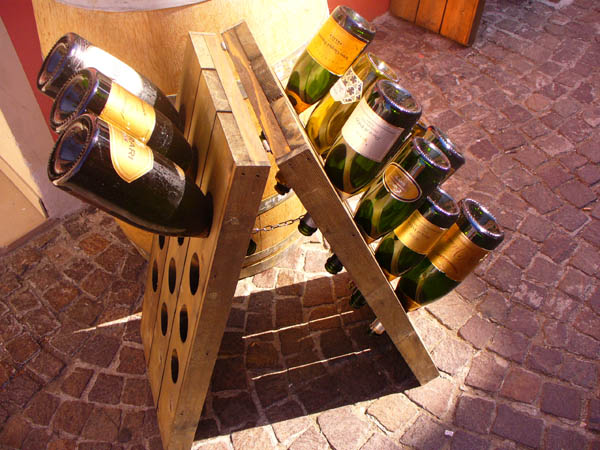
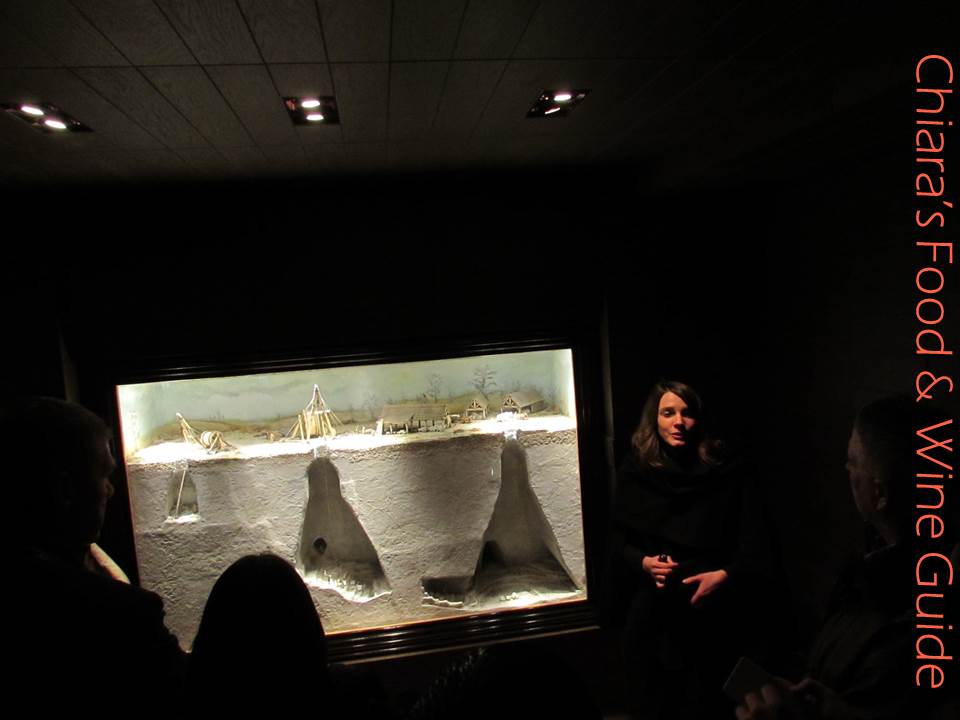
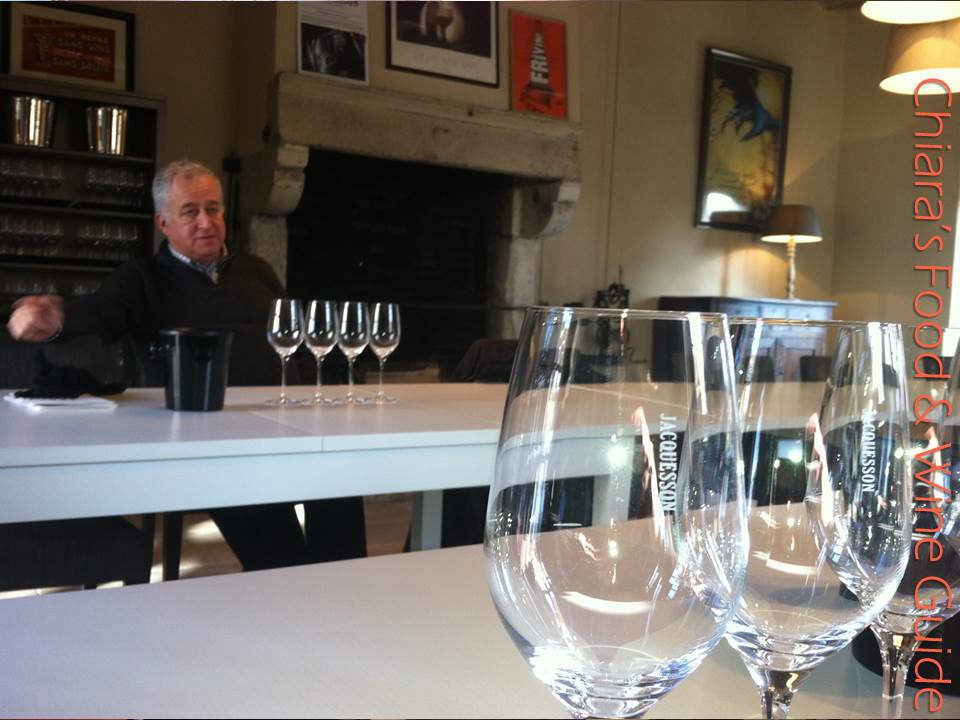
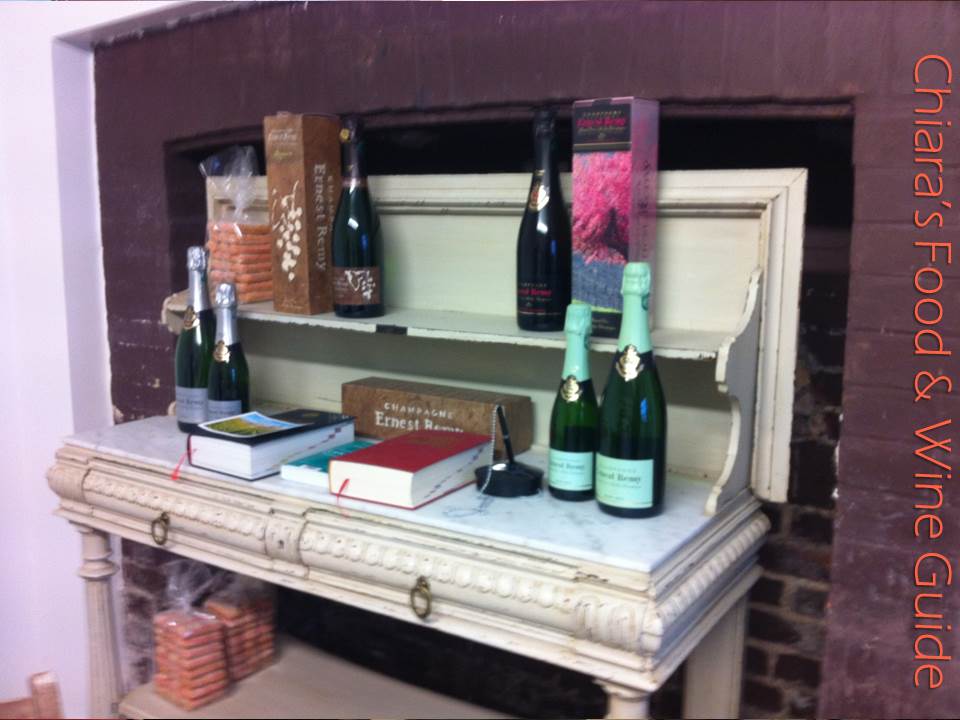
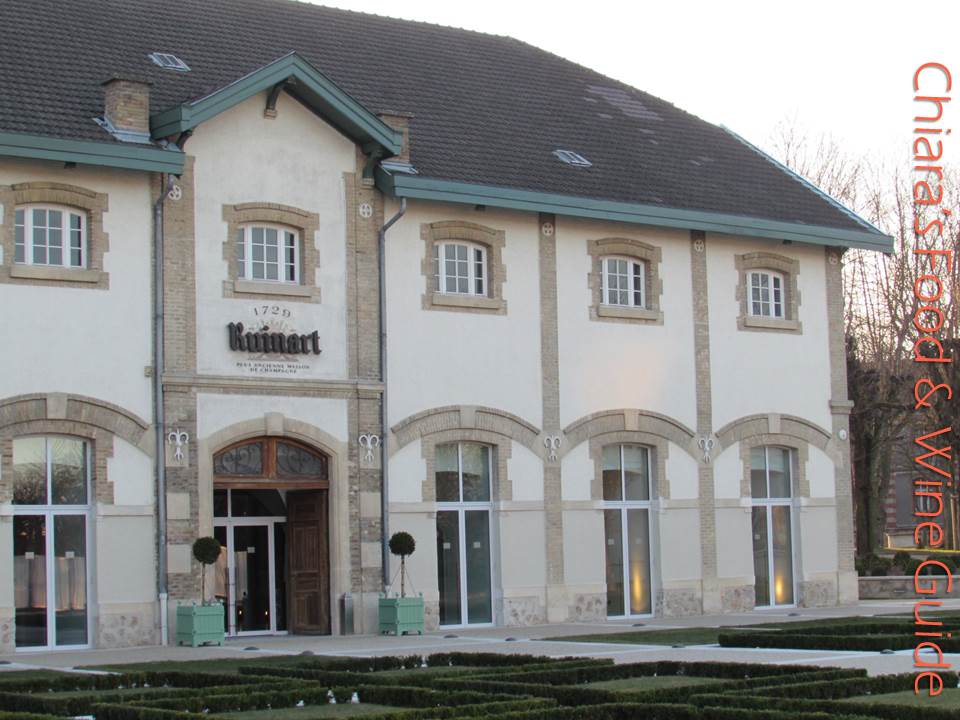
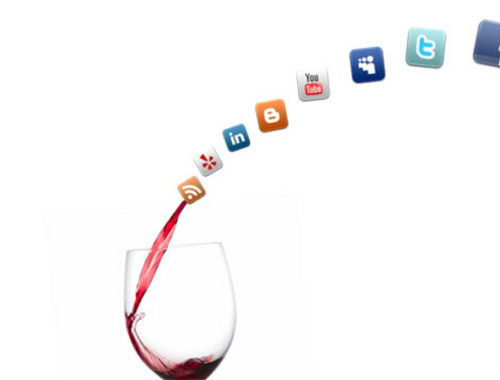
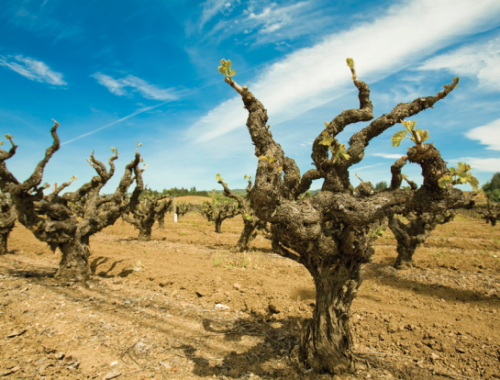
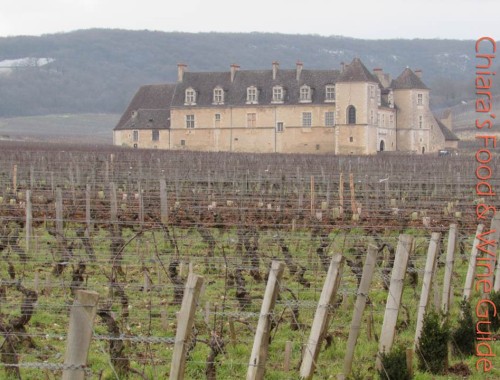
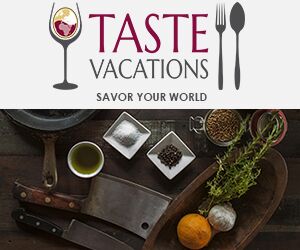



[…] I recently spent a few days in Champagne because when it comes to wine, Champagne becomes a goal (read my focus on Champagne here)! […]